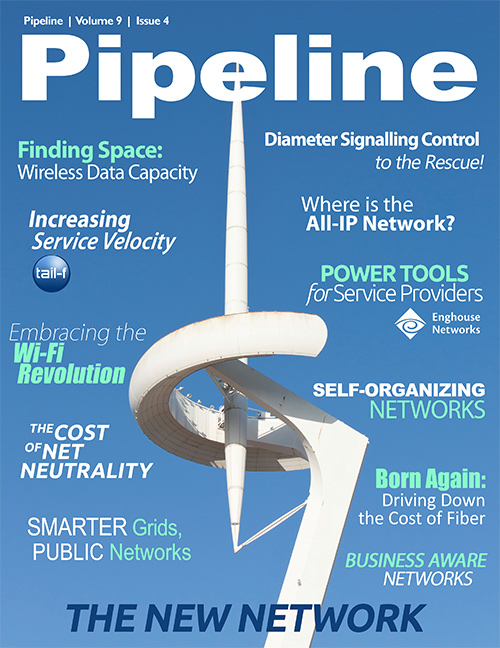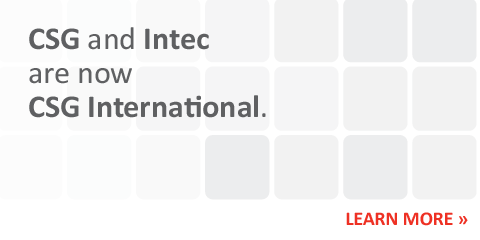Finding Space: Solutions for the Wireless Data Capacity Crunch
By: Tim Young

We all know the challenges of wireless data capacity in an era of exploding demand. A report just out from Amdocs indicates that 94 percent of service providers are planning for a 20-fold increase (or more) in the next five years. IP traffic is up everywhere, and even if the hyper-explosive growth rates of the past few years are cooling slightly, the growth that remains is still exponential.
What’s more, the data glut is coming from everywhere. Gone are the days when a few bandwidth hogs gobbled up most of the network capacity with P2P applications and other such niche activity. With video especially, growing more and more prevalent, the massive bandwidth usage is coming from grandmothers viewing the first steps of far-away babies, or coworkers using video chat applications, or children streaming episodes of The Wiggles on their mothers' iPad.
Even more still, these customers are generally chomping through all this data within the constraints of their existing data plans. Most aren’t exceeding data caps and triggering resulting additional revenue. As Kevin Fitchard of GigaOm put it, pointing out the situation of one major wireless operator, “Customers are finally growing into the data plans, and they’re eating up all of AT&T’s mobile data network capacity in the process.”
But, of course, it’s not just an AT&T problem, nor just a Verizon Wireless problem, nor a Telefonica problem. It’s a reality any number of CSPs are dealing with around the globe. Customers are taking more and more data-hungry devices. The CTIA reported last October that, for the first time, the number of wireless devices in the U.S. had grown larger than the number of people in the nation. Traffic is up, and between eroding revenue streams due to increased OTT usage and spectrum crunches in numerous markets, there is not a clear and established idea of how all that traffic can be handled in a cost-efficient way.
However, there are potential areas of relief on the horizon, and there are ways for service providers to handle the data capacity crunch with one eye on the present and the other on the future.
LTE to the rescue?
We've heard a lot over the past few years about the potentially beneficial effects of LTE on data speeds, but less has been said about the increased capacity of LTE networks over their 3G counterparts. The all-IP LTE can serve more subscribers simultaneously than HSPA 7.2 or HSPA+ networks, even if the latter networks can claim speed parity with the former at the moment.




















